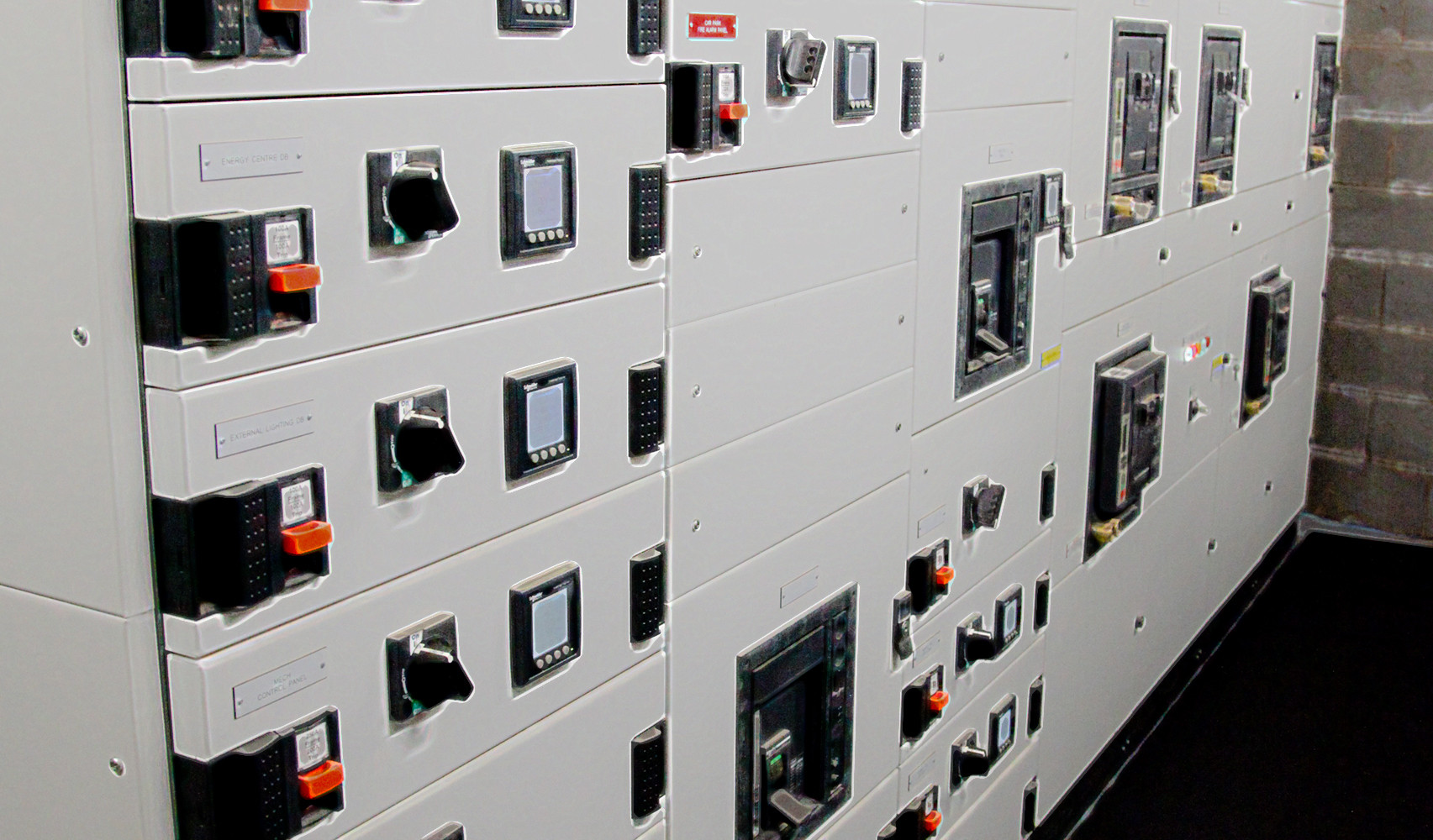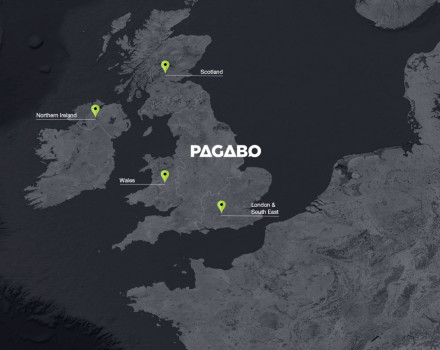Business continuity plans are something every organisation has in place, all to varying levels of back-up power. To some, a simple battery on individual items of equipment is sufficient. Others like data centres will need no-break back-up supplies, depending on their Uptime Institute Tier classification they might even want varying levels of redundancy to allow for multiple failures. But the end goal is the same regardless of the organisation; if the worst was to happen and power was lost, their back-up system has to be able to support their requirements, keeping the lights on and them operational.
As building services engineers we regularly conduct reviews of a wide variety of organisations’ electrical infrastructure. It’s surprising how many we’ve found whose back-up is reliant on a 1960s’ generator that’s actually no longer supported by industry. Frequently there are single points of failure in these systems that could mean if they were called into service suddenly, they’re not up to the job. This in turn could mean productivity and ultimately profit losses, and if the organisation is a hospital or a pharmaceutical facility then the consequences are potentially even more serious.
Organisations often believe they have a very resilient system, only to find that the two generators both go through one panel or breaker. Or that the two panels the dual supplies go to are in fact a two-section panel in the same fire compartment, or even, in some cases, the same room. Truly understanding the limitations of your electrical infrastructure is important; it allows confidence that if your back-up system is ever needed then it’s capable of supporting your needs. And, it doesn’t have to involve huge sums of money to vastly improve a system’s integrity. It could actually be as simple as putting up a fire barrier in an existing room to separate the panels as much as possible, or strategically placing a mobile generator connection in a system to avoid a single point of failure.
Another issue we come across on a regular basis is that the infrastructure being used, especially in back-up systems, is actually no longer supported by manufacturers. This can be hugely disruptive as finding spares for some of these can be problematic. Sometimes the only place they can be found is on eBay or similar sites, often involving large costs which are only going to go up as the equipment becomes harder and harder to find. Identifying these elements and upgrading them to something more readily available not only has the potential to save organisations money, but also a lot of time and hassle.

When checking back-up systems we also look at the elements such as load assessments. Often, we find that a generator has been put in and then the business has grown or technology has moved on so the demand on the electrical supply has increased. This risks the generators no longer being able to accept the load steps being asked of them. Sometimes they can no longer even supply the full live essential loads. We frequently find that organisations aren’t aware of how loaded their generators are, usually due to a lack of meters in strategic places to allow an informed assessment of these loads.
We have a full range of solutions to issues such as these, suiting all organisations’ objectives and budget. These have ranged from monitoring the load over a seven day period to more permanent solutions such as installing meters that are either linked or unlinked to the BMS where present. There are also next step-up routes, such as looking at load shedding regime options all the way up to holistic solutions that both reduce carbon footprint and provide additional resilience in the back-up system, such as gas fired CHP. Essentially, there is a solution available for all organisations to ensure the reliability of their back-up system.
Electrical infrastructure capability is not something that should be taken lightly, if the worst happens and the lights go out and the back-up is not up to the job then the costs have the potential to be significant. By simply identifying and making a few changes or upgrades, organisations can gain peace of mind that their system is ready to go should it ever be needed.







